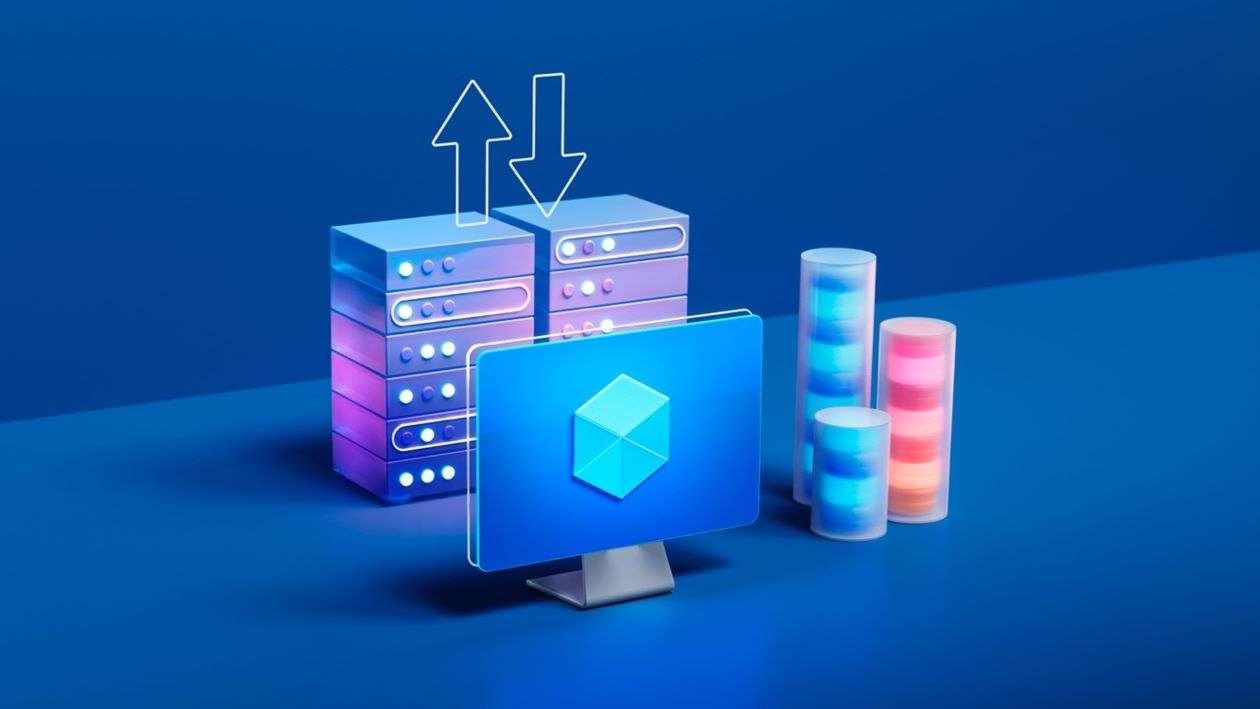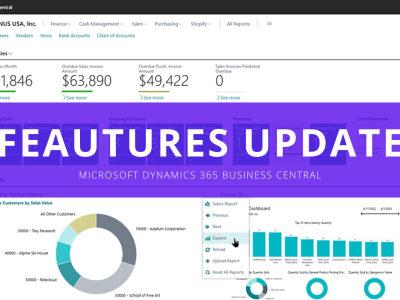Introduction
As cloud adoption continues to accelerate, organizations are increasingly focused on controlling and optimizing cloud spend. Whether you’re leveraging Microsoft Azure, AWS, Google Cloud, or a hybrid environment, the need for efficient cloud cost management in 2025 is more critical than ever. In this blog, we outline the top 10 cloud cost optimization strategies that modern businesses should adopt to enhance financial visibility, reduce waste, and increase ROI.
1. Right-Size Your Resources
Overprovisioning is one of the most common and costly mistakes in cloud environments. Right-sizing means adjusting compute, memory, and storage resources to match actual workload requirements. Regularly audit your virtual machines, databases, and containers to identify underutilized or oversized instances.
2. Leverage Reserved Instances and Savings Plans
For predictable workloads, Reserved Instances (RIs) or long-term savings plans can offer significant discounts—up to 72% compared to pay-as-you-go pricing. Evaluate your usage patterns and commit to fixed-term plans for consistent workloads.
3. Implement Auto-Scaling and Scheduling
Auto-scaling ensures that you only use the compute power you need, scaling up during peak times and down during idle periods. Additionally, use automation scripts or scheduling tools to shut down non-critical resources (like dev/test environments) outside business hours.
4. Monitor Usage with Cloud Cost Management Tools
Utilize native cloud cost management platforms like Microsoft Cost Management, AWS Cost Explorer, or third-party FinOps tools to track usage in real-time. These tools help allocate costs by project, department, or user—improving accountability and visibility.
5. Optimize Storage Costs
Storage costs can escalate quickly if not managed effectively. Implement lifecycle policies to transition infrequently accessed data to lower-cost storage tiers (e.g., cold or archive storage) and regularly delete obsolete backups and unused data.
6. Consolidate and Modernize Workloads
Legacy workloads running on inefficient infrastructure can drive up costs. Migrate legacy apps to containerized or serverless architectures where possible to reduce overhead and gain better scalability and cost-efficiency.
7. Enable Budgeting and Alerts
Set spending limits and real-time alerts for projects, teams, or services. This helps prevent overspending by alerting stakeholders when usage approaches budget thresholds, allowing proactive cost control.
8. Review Licensing and Subscriptions
Regularly audit all software licenses and SaaS subscriptions tied to your cloud environment. Optimize your licensing by eliminating redundant tools, downgrading unused features, or switching to bundled offers from cloud providers.
9. Use Spot and Preemptible Instances
For workloads that are flexible or fault-tolerant, such as big data processing or testing environments, use spot (Azure/AWS) or preemptible (Google Cloud) instances. These offer substantial discounts compared to standard instances.
10. Build a Cloud Financial Operations (FinOps) Culture
Cloud cost optimization isn’t just about tools—it’s about culture. Establish a FinOps practice within your organization that brings together finance, operations, and engineering teams. Promote accountability, continuous monitoring, and shared ownership of cloud spend.







